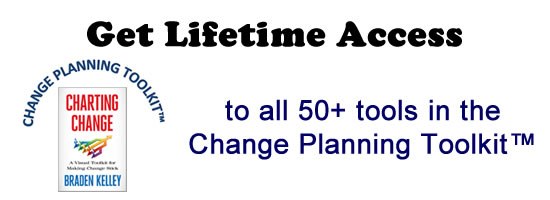How a Shortage of Innovation Leads to Unemployment

Some believe that robots will take over all our jobs and therefore innovation (specifically in the area of robots) will cause unemployment. But in reality, it’s the other way around.
You may be familiar with the product life cycle diagram. Every product (and when I say “product” I also include service, process, or business model) has a life cycle, typically considered to have 4 stages:
-
Introduction: when the product is introduced
-
Growth: when the sales grow at the fastest rate
-
Maturity: when the product reaches mass market
-
Decline: when new products start to take over
The investment in innovation (specifically, research and development) is highest during the introduction stage and the first part of the growth stage. Revenue is the lowest, as very few customers decide to buy this early in the product life cycle (typically referred to as “innovators” or “early adapters”). Profit, therefore, is the lowest due to both low revenue and high investment in development.
The new product starts to turn a per-unit profit only at the later part of the growth stage, as investment in development declines and revenue increases as more (and less risk-taking) customers hear about the product and decide to buy.
However, this is per-unit profit, and doesn’t yet account for the significant loss incurred earlier due to the investment in research and development done at the introduction stage and the early part of the growth stage.
The overall break-even that includes the early loss (and investment) only takes place well into the maturity stage, and carries into the decline stage. In fact, some might say that the decline stage is the most profitable as there is almost no investment in the product anymore. No new features, no new versions, no new services, just fulfilling demand that has all but gone.
While cumulative profitability only starts during the maturity stage, the per-unit profitability declines, as more and more competitors enter the market with similar products (or services), and the main differentiator becomes the price. But that’s OK, because the market for the new product is the largest it has ever been and thus cumulative profits continue to grow.
As a result, more and more companies decide to take a shortcut. Instead of spending money on innovation at (and prior to) the introduction stage, they enter the market with a similar product, a copy of the product made by the first company to develop it. They don’t expect the large per-unit profit that the first producer made during the growth stage. They settle for the much lower profits gained during the maturity stage.
Unfortunately, more and more companies take this shortcut. Consequently, less and less is spent on research and development. Not only in terms of money, but in terms of letting employees spend their time on innovation and encouraging experimentation (and failure).
In fact, the focus on short-term profitability leads to a maniacal focus on efficiency and reductions in force, and therefore unemployment. The first jobs to go are not those which are required for production (and hence could be replaced by robots). The first jobs to go are those related to innovation and long-term strategy. You know, those jobs that cannot be replaced by robots.
Wait! Before you go…
Choose how you want the latest innovation content delivered to you:
- Daily — RSS Feed — Email — Twitter — Facebook — Linkedin Today
- Weekly — Email Newsletter — Free Magazine — Linkedin Group
 Dr. Yoram Solomon is an inventor, creativity researcher, coach, consultant, and trainer to large companies and employees. His Ph.D. examines why people are more creative in startup companies than in mature ones. Yoram was a professor of Technology and Industry Forecasting at the Institute for Innovation and Entrepreneurship, UT Dallas School of Management; is active in regional innovation and tech transfer; and is a speaker and author on predicting technology future and identifying opportunities for market disruption. Follow @yoram
Dr. Yoram Solomon is an inventor, creativity researcher, coach, consultant, and trainer to large companies and employees. His Ph.D. examines why people are more creative in startup companies than in mature ones. Yoram was a professor of Technology and Industry Forecasting at the Institute for Innovation and Entrepreneurship, UT Dallas School of Management; is active in regional innovation and tech transfer; and is a speaker and author on predicting technology future and identifying opportunities for market disruption. Follow @yoram
NEVER MISS ANOTHER NEWSLETTER!
LATEST BLOGS
Credit Card Shenanigans
It must be great to be in the credit card business in the United States. Demand is relatively inelastic and regulation is lax, so you can charge whatever you want for an interest rate, increase your fees once or twice a year, and make additional money off cash withdrawals and foreign exchange transactions.
Read MoreBuilding an Experience
As people become ever more immune to traditional advertising and marketing, branding will become more important. Branding is all about building an emotional connection with customers. Making the decision to follow a strategy focused on building a brand is not without peril, however, as it means that you will have to choose to not do certain things, like pursue a low price strategy.
Read More- « Previous
- 1
- …
- 4,132
- 4,133
- 4,134




